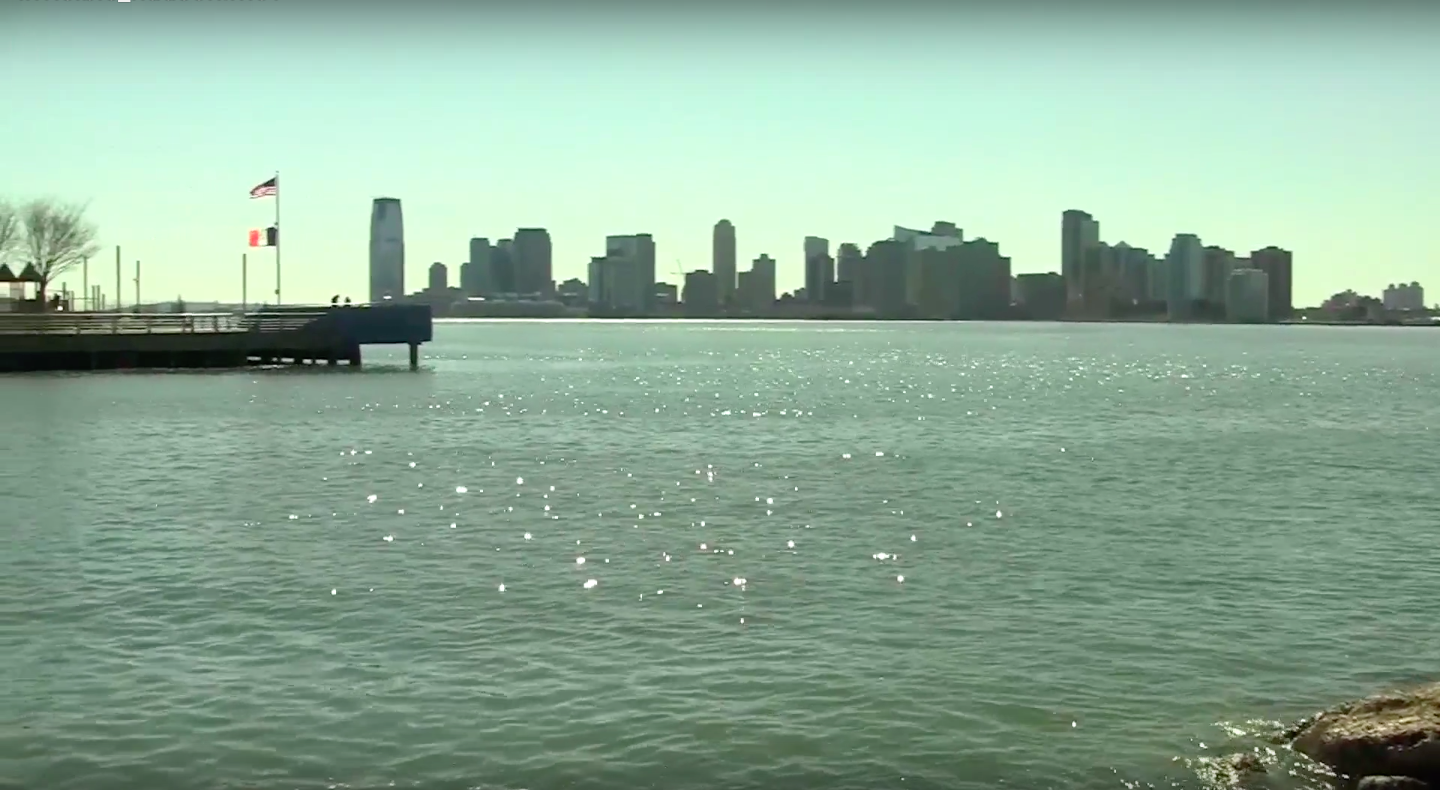VIDEO: The invisible Hudson
Even though we can’t see them, microbes have an important role in the Hudson River
Lydia Chain • October 27, 2015

The Hudson River that surrounds New York City is its own bustling metropolis. The river’s fresh water mixes with the Atlantic Ocean’s salt water to create an estuary that is about 153 miles long. Because of this mixology, it’s able to support a diverse set of plants, animals and fish, and provide temporary guests, like us, with the opportunity to swim, kayak and sail.
The river also teems with hordes of hidden life in the form of tiny microbes — single cell organisms like fungi and bacteria. These microbes assist in nutrient cycling, which all other life in the ecosystem depends upon. But as we’ve developed areas around the Hudson, we’ve been adding some of our own bacteria to the mix. Microbiologists like Greg O’Mullan at the Queens College, City University of New York are studying the ways our microbial contributions affect the health of the Hudson and how we can ensure it remains a safe haven for local life.
Video produced by Lydia Chain and Katherine Ellen Folley.
*Correction, October 29, 2015. The following error has been corrected from the originally published version of this story:
Greg O’Mullan is from Queens College, City University of New York and not the City College of New York.